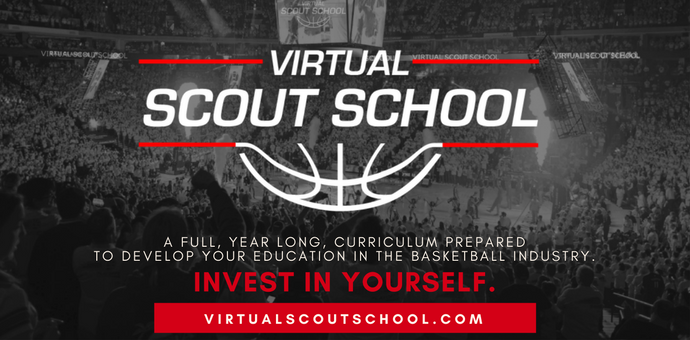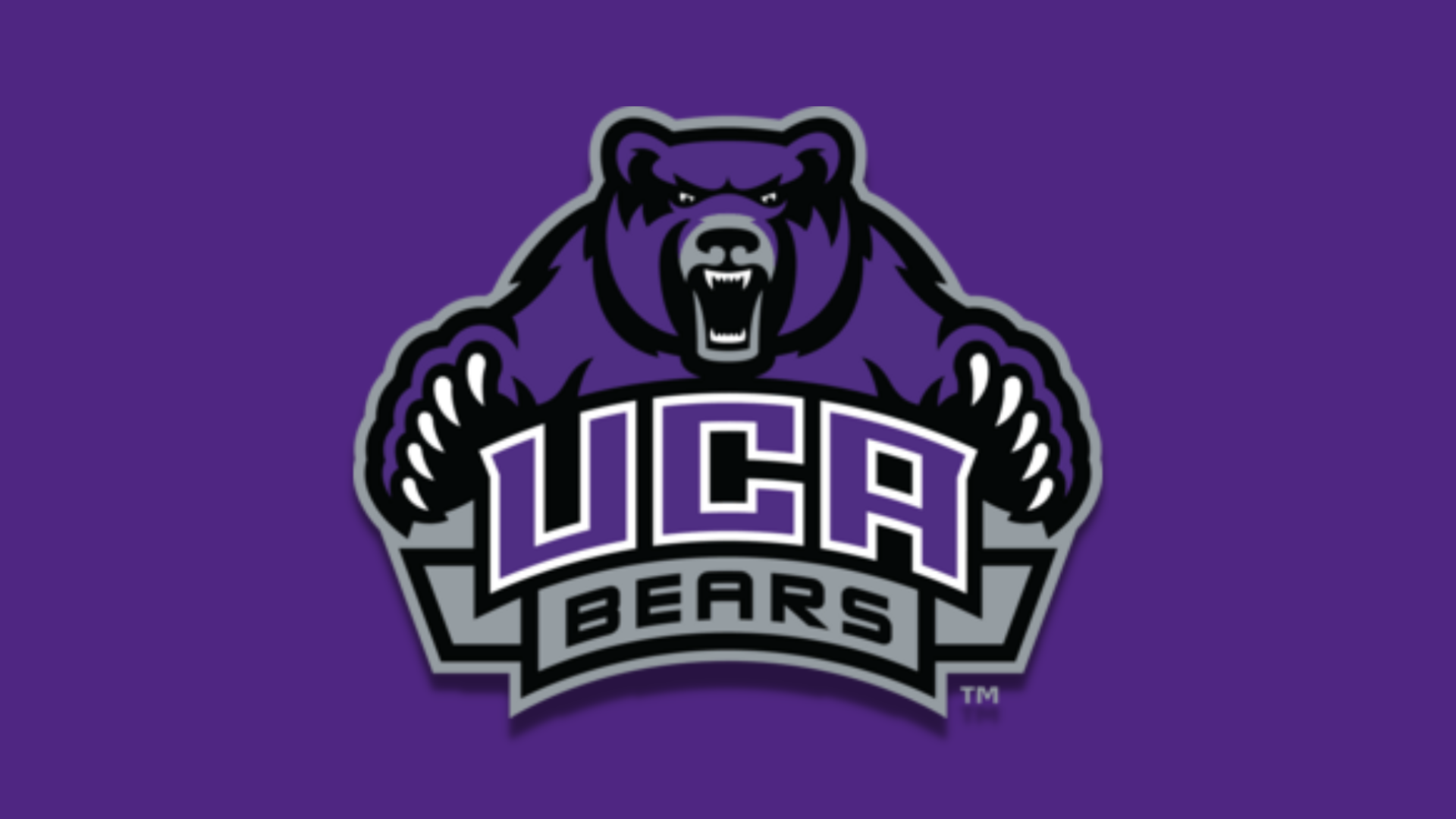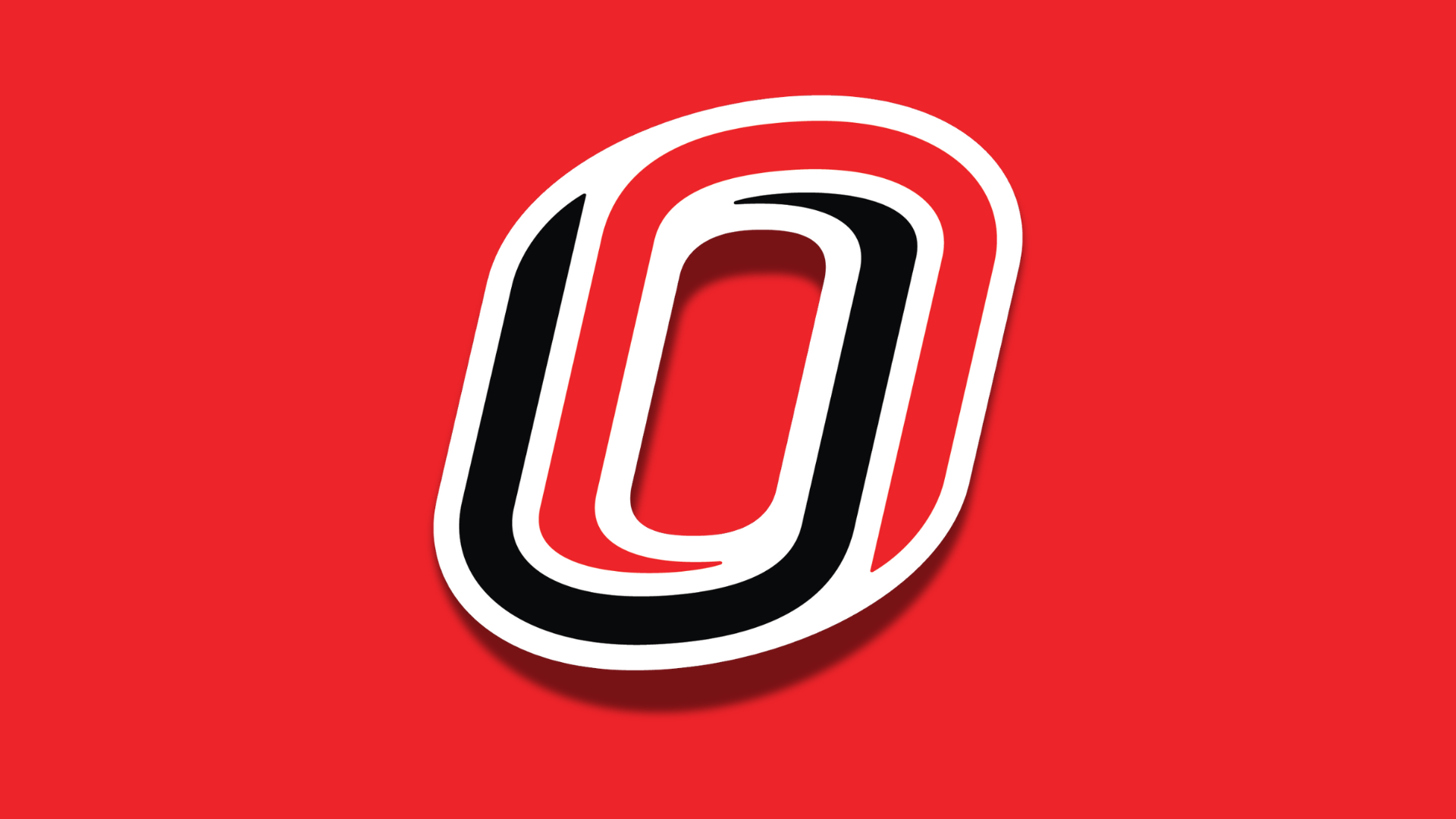After the overwhelming success of their Pro Scout School event hosted in Las Vegas each summer, TPG Sports Group has recently launched an online course called “Virtual Scout School”. The course is just $9.99 per month and will provide access to monthly content, video breakdown, video chat sessions and quizzes.
8 Components of Scouting
This Translates to All Basketball Levels. Many of these scouting components translate very well regardless of the level of basketball. For instance, high school and college coaches can utilize scouting reports to determine the potential of a young player. They can use stats from practice and game data to determine their own players’ strengths and weakness. For instance, shot charts (catch and shoot versus off the dribble reports) can help determine what areas specific players need to work in their off season. Not to mention, advance scouting has become prevalent even at the high school level. Knowing opponent tendencies can help win games. In addition, many of the components can be teaching tools to young players, explaining the importance of each and how they come into play as the player advances to more competitive levels.
- Talent Evaluation: Talent evaluation and everything basketball related. This includes identifying talent capable of playing at the respective level. Skills that translate, level of basketball IQ, strengths & weaknesses & intangibles. All things basketball. This encompasses talent evaluation, statistical analysis, factors related to the results such as roster makeup, coaching, role, style of play & overall culture of the team.
- Background Checks: A very descriptive & detailed report from multiple sources outlining on & off court behavioral history. Family background, personality, academic/non-basketball interests, likes, dislikes, how he treats people around him and people he encounters for the first time. The more information you can get the better picture you will have of the player. NBA teams often have multiple scouts doing background intel on one player.
- Analytics: Each team compiles statistical information in their own proprietary way. Some teams put a higher emphasis on data when making decisions involving personnel, player development, coaching hires and style of play. There are many different analytical models, which aid in the evaluation process at both the pro and amateur levels. This information also becomes extremely useful in contract negotiations.
- Medical: Full medical report that gets evaluated by the NBA team’s medical staff. Each team will do comprehensive medical reports before making a player personnel decision. The reports evaluate all prior medical history such as injuries, surgeries or risk associated with current body makeup such as bones, ligaments, tendons, organs, heart etc. The medical component is the only component that can trump the other seven. A failed medical can make you potentially undraftable.
- Measurables: The Anthropometric testing for a prospect provides the true measurements of a player (height, standing reach, length, etc) as well as strength and agility testing. The agility testing includes vertical, lane agility, sprint, lane shuttle and bench press. The anthro score is calculated using the most important anthropometric measurements for NBA success by position. “Percentile” represents where the prospect ranks in comparison to all players measured at that position since 1999. Anthros are usually categorized in the analytics area because these measurements allow teams to use historical data to compare players at similar positions, height, weight, etc. Often times, this falls under the analytics department.
- Interviews: The interview process typically takes place at the NBA pre-draft combine as well as during individual workouts at the teams facilities. The interview is where a player no longer has the layers of protection such as his agent or coach or family. NBA staff are able to get real answers face to face from the prospect. It is a time where you get a good feel for the players character, demeanor, disposition and how he handles himself when asked challenging questions. Most interviews are geared towards finding out as much information as possible in order to better understand the player prior making a very big decision on draft night.
- Psychological: Every NBA team uses some form of psychological testing. This is to give us a better understanding of how the player is wired psychologically. It can give the NBA team information about coaching the player, playing with the player, adversity information and decision-making amongst other things.
- Emerging Technology: This component is important for an NBA team to always be open to new ideas and anything available in the market to give a team a competitive advantage. New technology is all around us and teams must be open to learning about them and how to incorporate them into their organization. Data, analytics, video, athlete performance, wearables etc.
“These may be eight proven NBA scouting concepts, but they will help a coach at the high school or college level sharpen his or her coaching, talent evaluation and team building skills for long-term success. I wish I knew a lot of this information at the beginning of my coaching career.” – Fran Fraschilla (ESPN Analyst)







